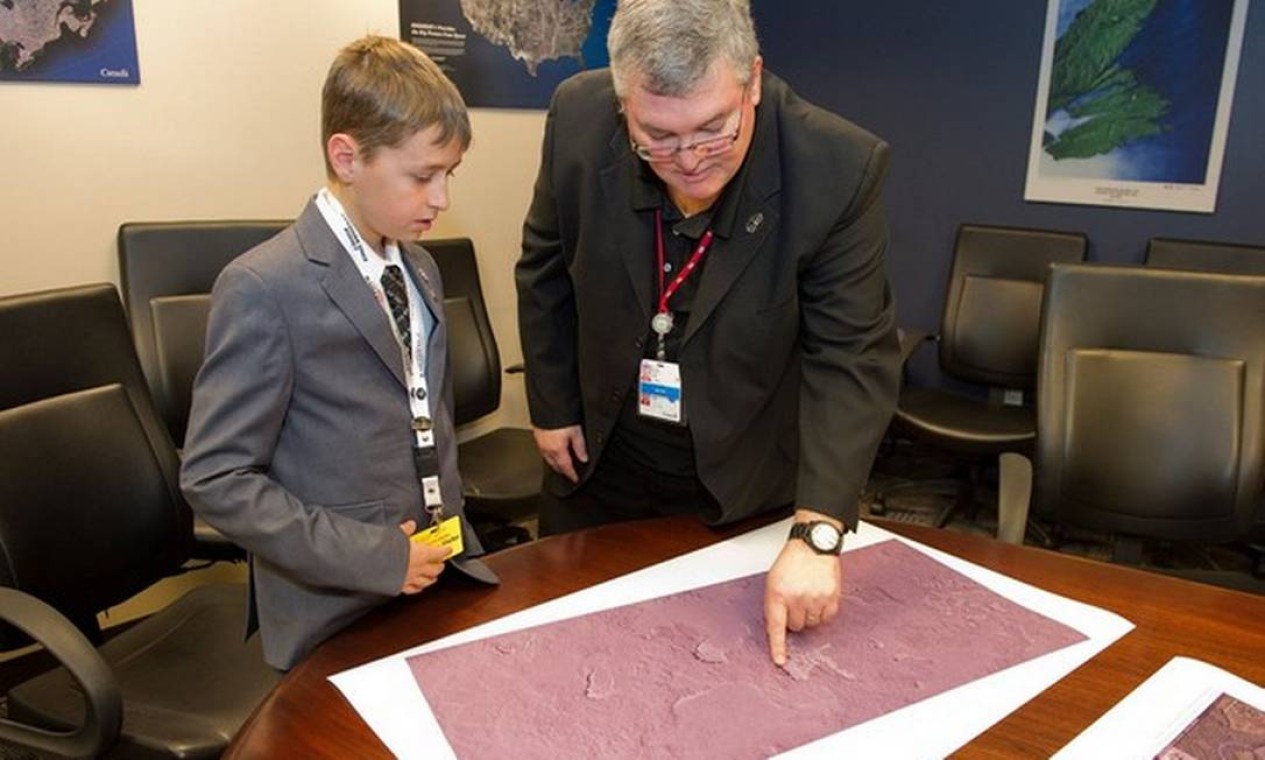Meteorology plays a fundamental role in the development of Forest fires. But fire itself can, in turn, change weather conditions, creating its own environment. such strange phenomenalike this video shot by a firefighter a few days ago during the fires in British Columbia (Canada).
A relentless wave of forest fires has hit Canada since March. The intensity increased in June and all provinces of the country were affected.
Until August 21, more than 5,800 fires were declared in the countryaffecting 15 million hectares. This represents 4% of the total forest area and is six times higher than the annual average. Five deaths were reported and 156,000 people were evacuated from their homes.
Tornado, sandstorm or waterspout?
We will analyze three phenomena apparently very similar to each other, but whose differences lie in the response to the phenomenon captured on video.
Tornado
In the images, it is possible to see a funnel rotating violently above the waters of a lake. A jet of water near the surface shows the presence of intense windsof approximately 90km/h. The duration and extent of the phenomenon suggest a tornado, connected to the base of a vertically developing cloud (cumulus or cumulonimbus).
A tornado is a violently rotating column of air that is usually connected to the base of a cloud.. Tornadoes can form over land or large bodies of water. In the latter case, they are called waterspouts.

Dust storm and “fire whirlwind”
Dust storms are small swirls that form on very hot surfaces, like deserts. They are not considered tornadoes because they have no connection with the base of a cloud (funnel cloud), but forms in good climatic conditions, with clear skies. They are less intense and smaller in size and duration than tornadoes.
The environment of a fire is a favorable place for the formation of dust storms, such as those observed near the Izaña astronomical observatory in Tenerife. The strong heating of the surface generates Bags thermal: hot air (less dense than ambient air) which rotates and stretches vertically. Rotating winds during dust storms can suck up flames from a nearby fire, forming what is known as a “whirlwinds of fire“.

It is most likely a tornado caused by the arrival of a cold front in the region. Strong air rises in the burning core of the fire and interacts with cooler air in the mid-troposphere.
It is excluded that the phenomenon in the video is a dust storm, because it would dissolve on contact with water and the whirlwind would appear much smaller and disorganized.
A potentially fatal phenomenon
A tornado inside a fierce wildfire is the worst combination of all! You the associated strong winds can spread the flames at high speedalthough in a small area.
The unpredictable nature of tornadoes and dust storms makes them deadly for those nearby, including firefighters. It is for this reason that the Meteorology plays a crucial role in the development of a fire. Small-scale phenomena, like tornadoes, can change the course of events.

“Typical thinker. Unapologetic alcoholaholic. Internet fanatic. Pop culture advocate. Tv junkie.”


:strip_icc()/i.s3.glbimg.com/v1/AUTH_da025474c0c44edd99332dddb09cabe8/internal_photos/bs/2023/D/n/i7eIkcQsAB0YgsWKDQMw/whatsapp-image-2023-03-08-at-10.48.49.jpeg)




:strip_icc()/i.s3.glbimg.com/v1/AUTH_63b422c2caee4269b8b34177e8876b93/internal_photos/bs/2021/T/V/IFkavRRSSjHCBPZfqVXw/ap21313490536644.jpg)